Barley – old fashioned goodness
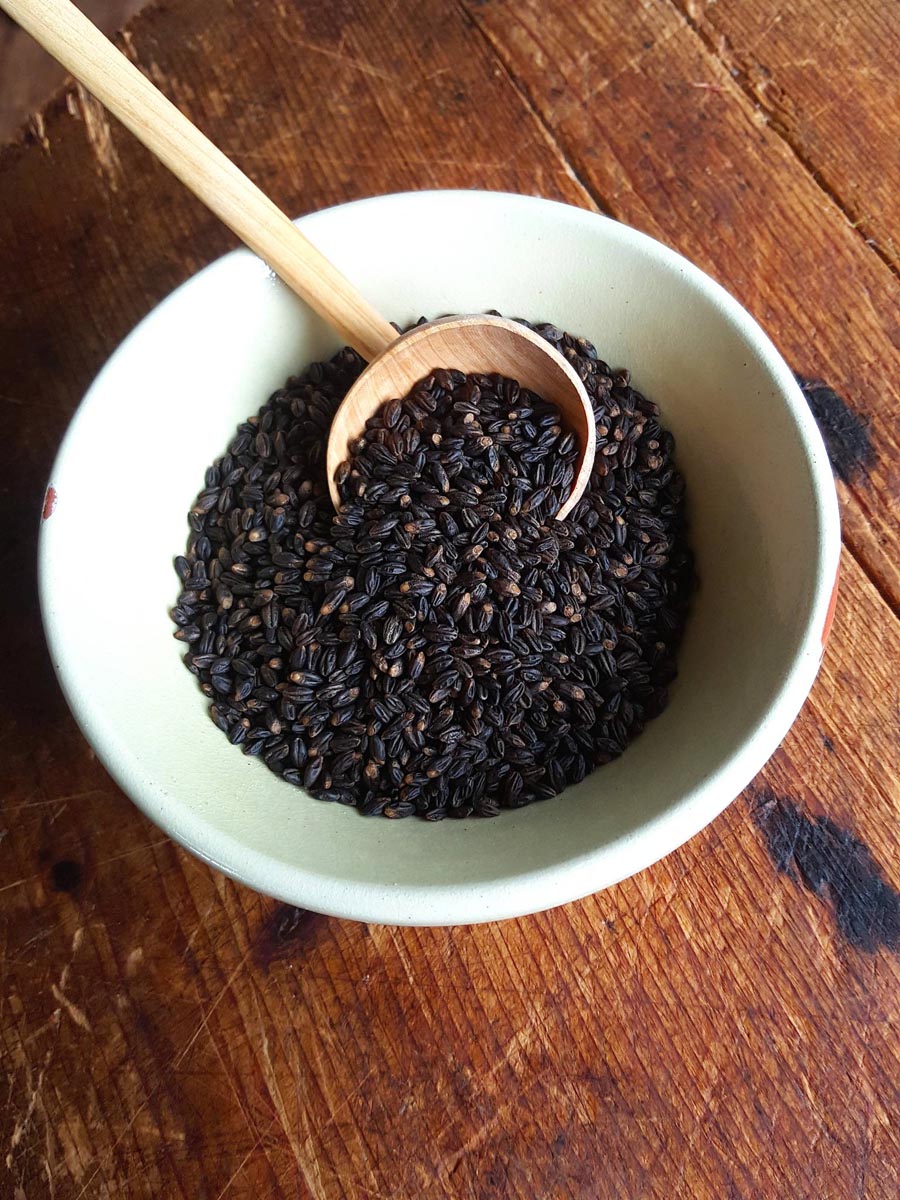
Barley has become one of my favourite comfort foods, not just cooked in soup, but added to a stew, threaded through a roasted vegetable salad or steamed in a pilaf.

Barley has become one of my favourite comfort foods, not just cooked in soup, but added to a stew, threaded through a roasted vegetable salad or steamed in a pilaf.
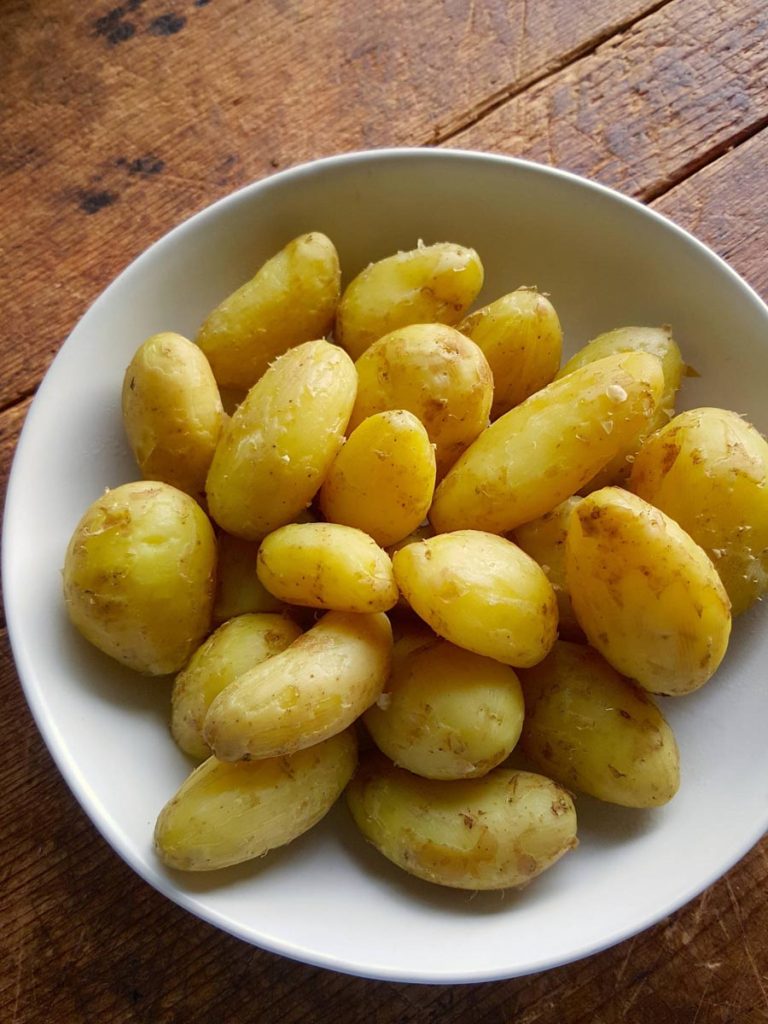
Gloriously fudgy in texture, new season jersey benne potatoes are worth getting excited about.
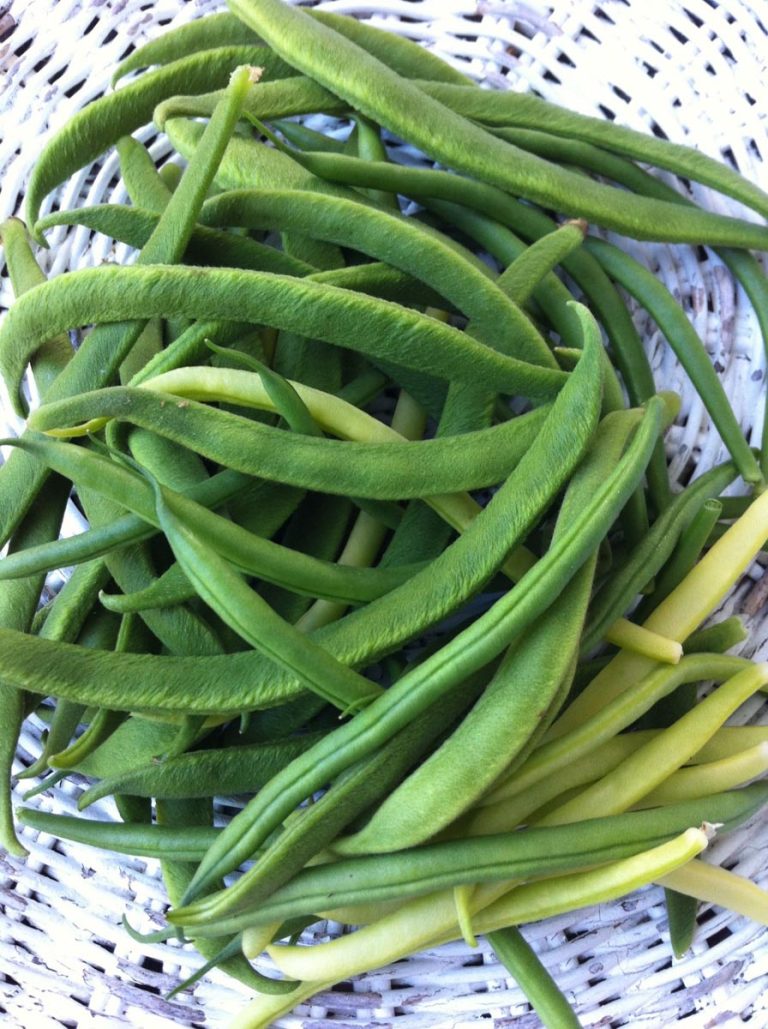
Beware of out of season beans sold in tinted plastic bags – it’s a scam to enhance their green colour.
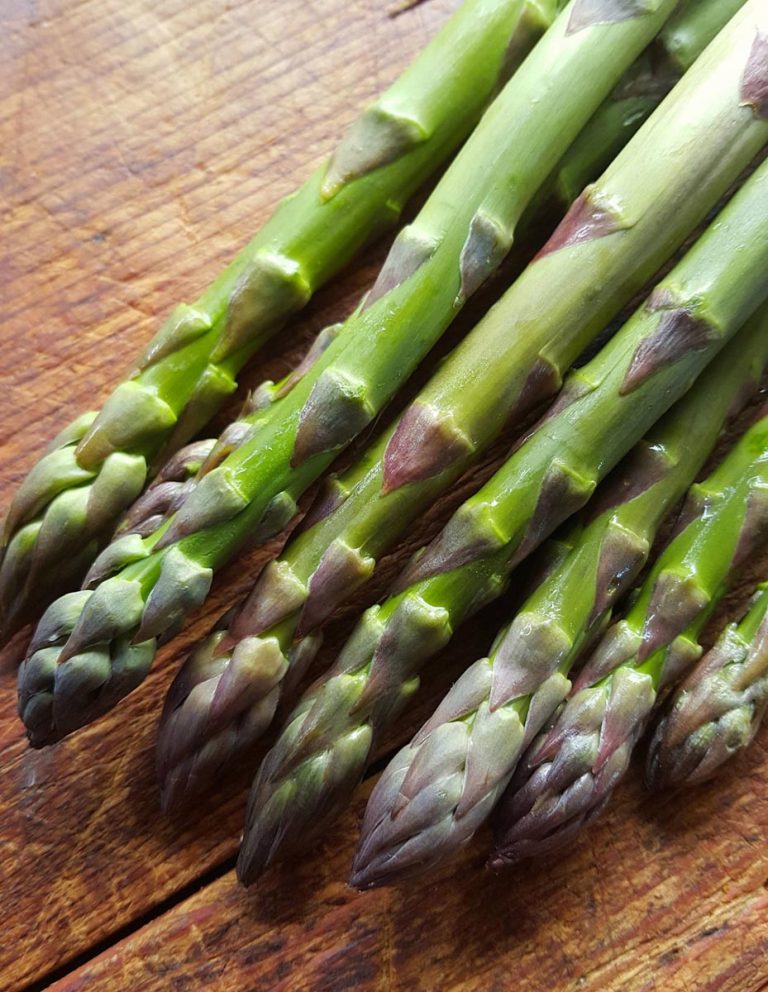
Just waiting for those big mounds of asparagus to appear in shops, then you know it’s fresh, plentiful and cheap!
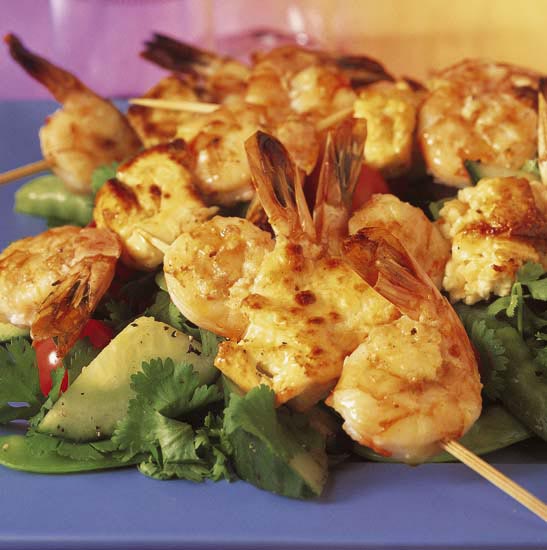
There is no such thing as a cheap prawn.

Hey bud, you look cute!
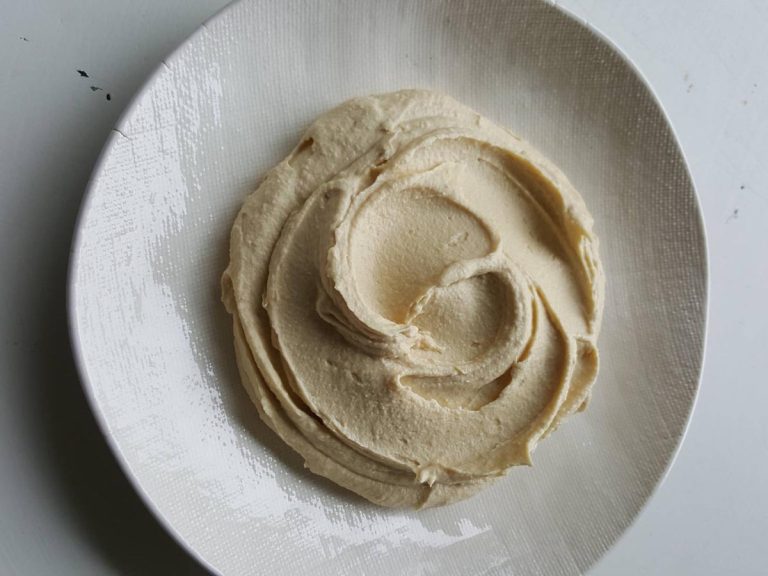
I might just have to suck this one up … yep, the old wive’s trick works.
No products in the basket.
Welcome to the new Shared Kitchen experience! If you encounter any issues, please let us know. Dismiss